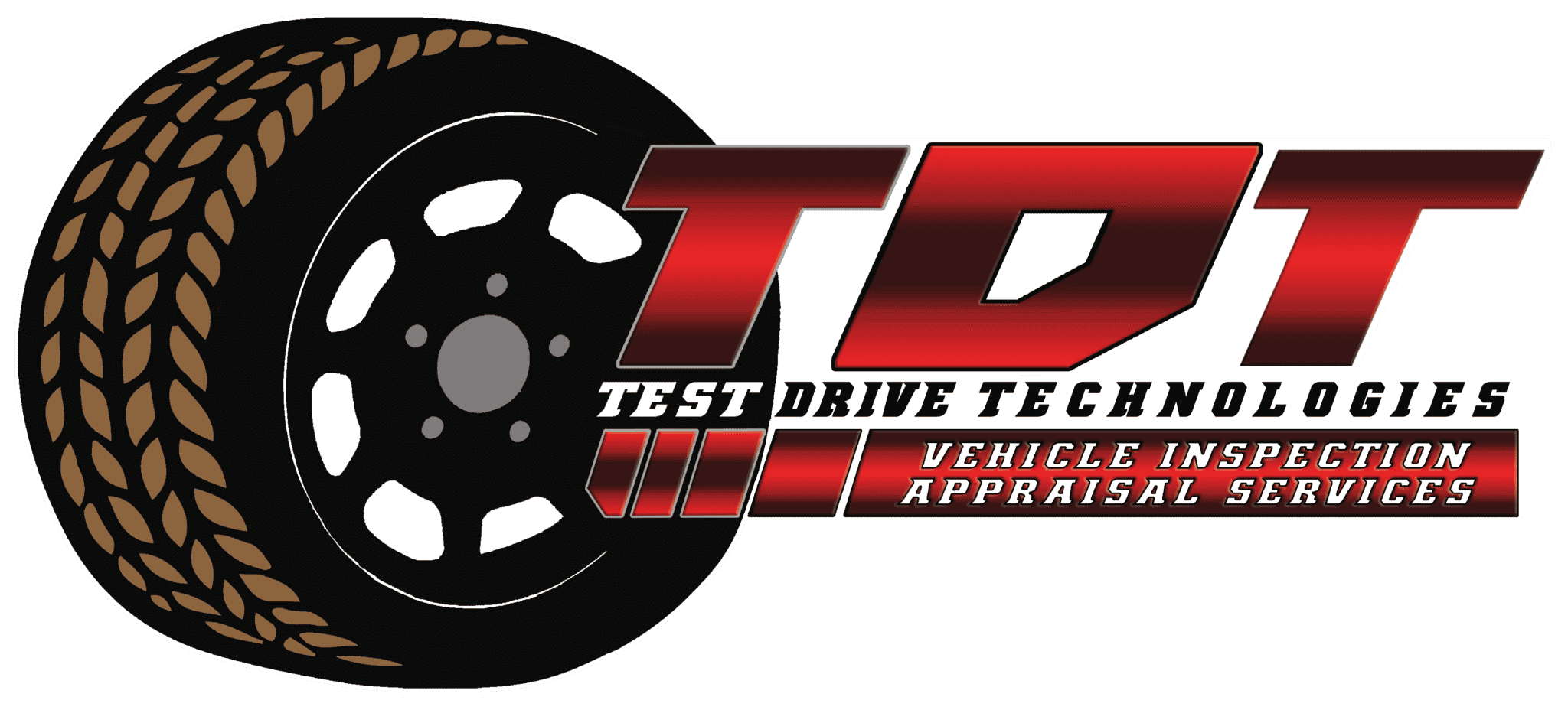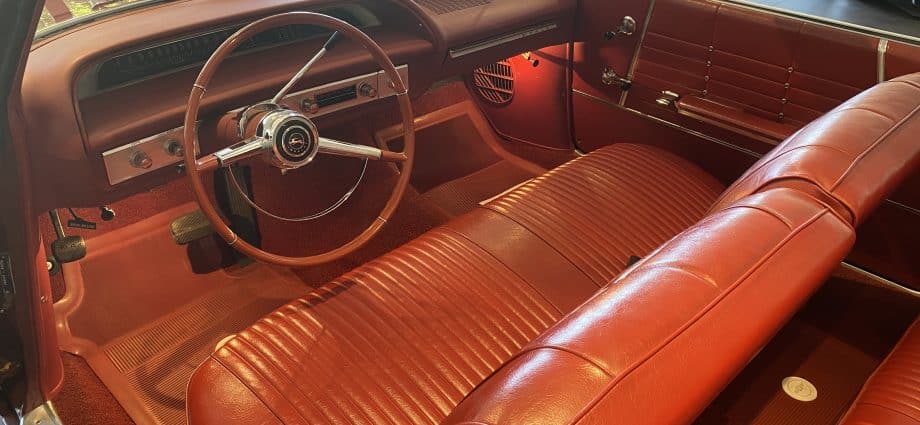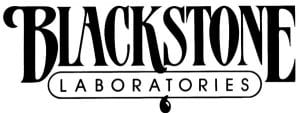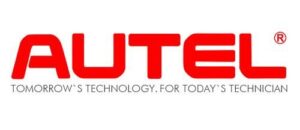I inspect nearly a 1000 vehicles per year ranging from $5000-$1,500,000 and from used cars to luxury travel coaches. It is always hard to pick a favorite at the end of the year. The following are some of the collector cars that stuck with me all the way through this year. If I can help you with a pre-purchase inspection please send me a message using the form on the right or give me a call and we can work on an inspection plan for you.
The Elegant Classic 1965 Rolls-Royce Silver Cloud III
This was indeed a cold day this past January for a pre-purchase inspection but nothing was going to keep me from enjoying the opportunity of inspecting such a beautiful vehicle collector car.
The Rolls-Royce Silver Cloud II was introduced in October 1959, and was the first Rolls-Royce model to exceed Bentley in production numbers, with 2,716 built between 1959 and 1962; 299 of these rode the long wheelbase chassis. The car was also the first to utilize Rolls-Royce’s aluminum, 6.2-liter, 230-hp V-8 engine which had been in the planning stages since 1947. The introduction was so significant that the engine itself was displayed with the new Rolls-Royces at the London Motor Show.
While this was not the best of the best concours Silver Cloud in existence it was very original and showed to have been driven and enjoyed. It needed a few things here and there but overall allowed the beauty of this beast to really shine through to the eye and feel of the car. A true honor to have inspected this vehicle at the St Louis Car Museum.
The Sporty 1956 Jaguar XK140 Perfect for any Collection
I always enjoy inspecting Jaguars as the design element for performance and luxury are always met in the middle with a unique look and feel of an automobile and always a great collector car choice.
When the XK140 took over as Jaguar’s flagship sports car in 1954, it had a serious challenge, following in the tracks of the spectacular XK120. True, it looked a lot like the car it followed, but there were quite a few differences, too. The large bumpers and heavier cast grille may have taken away a little of the model’s inherent grace, but this new trim provided far better protection from the large Detroit behemoths that populated the sports car’s largest market in America.
And while the weight went up slightly, so did the power of the 3.4-liter, twin cam six, which was up to 190 horsepower in standard trim. As a result, performance remained on a par with its predecessor. The uprated engine was mated to the same four-speed manual unit used in the XK120, although overdrive was now available.
This Jaguar XK140 was nothing short of beautiful and exotic. It showed an older restoration however had held up very well. The undercarriage was very solid and nicely painted. This Jaguar performed and handled very well even though there was a vacuum leak discovered shortly after the test drive. The interior had been recently restored and a nice airbrushing of the dashboard had been done to make it appear as woodgrain. All in all a very enjoyable car to inspect and drive.
The Very Collectable 1970 Ford Bronco
I am a truck guy at heart so when I had the opportunity to inspect I almost inspected this collector car, well truck, for free. This Ford Bronco Wagon had been gone through nut by nut and bolt by bolt for a beautiful and detailed restoration. While many Broncos are out there now and are getting new body kits and floor pans this truck is the real deal. Solid and true to the core and equipped with a very nice running V8.
Built as a direct competitor to the International Scout, the original Ford Bronco was initially offered in three cab types: a wagon, a pickup (discontinued after 1972), and an open model with cut-out filler panels instead of doors, to come off something as a big CJ-5. The four-wheel-drive Bronco earned a loyal following from new. Interest increased in the central plains states and the American west, while they also disappeared rapidly from the northern states, being a good platform for a small snowplow and the perfect get-around vehicle in the winter.
Engine choices were limited to a 170-cid inline six-cylinder and a 289-cid V-8 during the model’s first year of production, and a 302-cid appeared in 1969. Otherwise, minimal changes to functionality or cosmetics were made during the truck’s 12-year run.
Though popular, the Bronco didn’t have wide-spread utility or mass appeal and production figures weren’t as high as survivorship might lead one to believe. Although the open Broncos are the rarest, they aren’t collectors’ top choice since they are fair weather friends. Instead, the wagons are the most prized.






